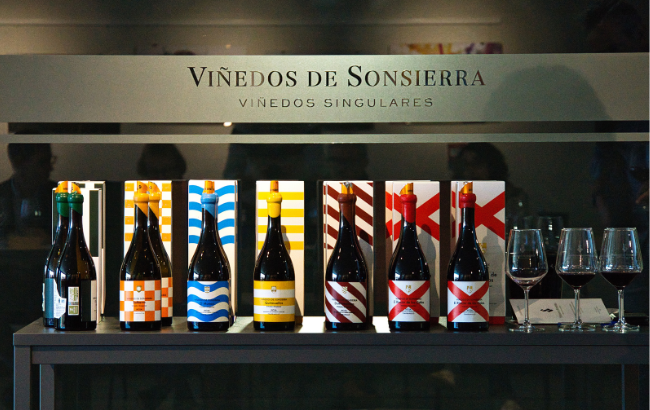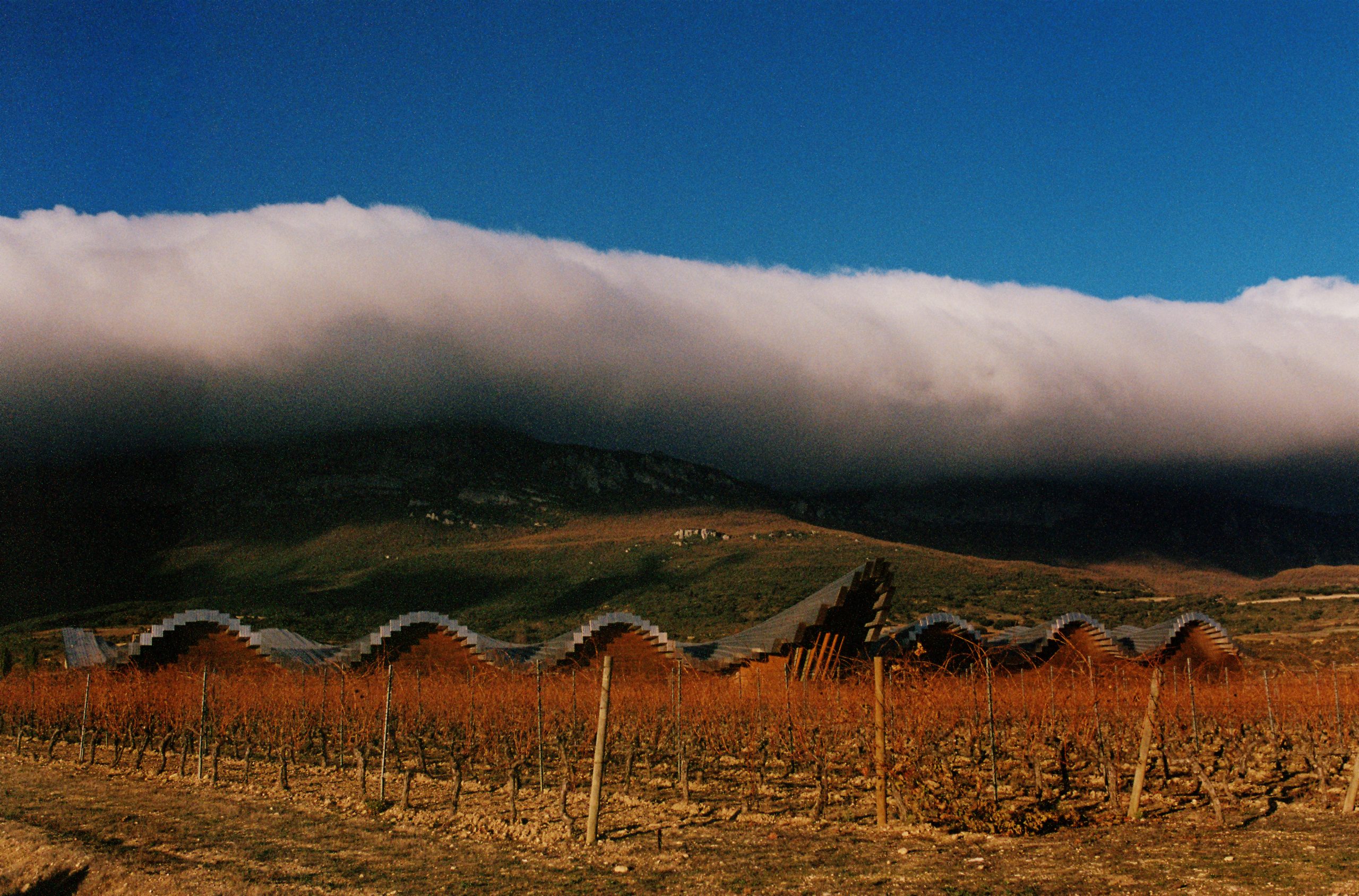What does re-entry into China mean for Australian wine producers?
The battle to get China to lift the punitive tariffs on Australian wine has been won, but producers are now entering a new fight: how to rebuild their reputation following the three-year dearth. Eloise Feilden investigates.

Wine producers down under breathed a long-awaited sigh of relief on 29 March following the announcement that China’s Ministry of Commerce scrapped the punitive tariffs on Australian wine after a three-year battle.
Prior to their imposition in 2020, mainland China was Australian wine’s most valuable export market. Australian exports to mainland China peaked at AU$1.3 billion in the 12 months to October 2020, when the volume of wine exported into China sat at 121 million litres.
But this rosy picture came crashing down after tariffs as high as 218.4% following the Australian government’s inquiry into the cause of Covid-19.
Tariffs have had a grave impact on Australia’s wine trade since then. In 2023 wine exports to China had fallen to AU$10.1 million, a difference of almost AU$1,290bn in value. Volume plummeted by 119.6 million litres to 1.4 million. The number of exporters to the market also decreased from 2,198 before the tariffs to 117 in 2023, according to Wine Australia.
Since their imposition, Australian producers have been calling for the crippling tariffs to be abolished. In March, their calls were answered.
Wine Australia’s CEO Dr Martin Cole welcomed the news on 29 May, saying that relationships with importers, buyers and consumers in Mainland China “remain important for our wine community” and noted that both “trade and consumer sentiment for Australian wine in China remains positive”.
But Australian producers reentering the market will be faced with a starkly different landscape than the one they left a few years ago. Rob Temple, managing director of Sinowine, says that “from a distribution standpoint and from the consumer standpoint, there’s a trust to be rebuilt” as Australian producers make the leap of faith back into the country.
That leap has to be made on three levels; brands have to opt in to reentry before distributors decide to “trust and commit” to taking them on, all to be faced with consumers who need to be reintroduced to Australian wine, should they have moved to other brands or other other countries.
Indeed, with Australian wine effectively out of the running, other wine regions were there to try and fill the gap. France has since gained first place with a market share of 49%, followed by Chile at 17%. But these countries are taking a slice of a much smaller pie, with the Chinese wine market having contracted significantly over the last few years.
Partner Content
According to official import statistics from Trade Data Monitor, total wine imports to China are a third of what they were five years ago, having fallen from 688 million litres in 2018 to 248 million litres in 2023. In value terms, the size of China’s imported wine market has more than halved since 2019 from AU$3.3bn to AU$1.5bn last year. The top four countries for wine imports to mainland China – France, Chile, Italy and Spain – all recorded significant declines in their exports to the market in the 12 months ended December 2023.
Faced with a dearth of Australian wines, “consumers didn’t immediately switch from one [country] to another”, Temple says. “If consumers were not familiar with other brands and other wine countries, then they went back to what they knew – spirits, beer or Baijiu.”
Confronted with more competition from other countries and brands, as well as alternative categories, some Australian producers are giving the Chinese market a wide berth. Wine Australia’s Cole said that following the lifting of tariffs, the organisation will be “continuing our market diversification efforts in other markets”. Australian Grape & Wine chief executive Lee McLean also said its members would “be maintaining our focus on diversifying our export footprint and growing demand here in Australia as well”.
Despite caution, there is a readiness to embrace Australian wines once more, with some hoping that it could reinvigorate the decline in imports over recent years. Makoto Nagae, CEO of distributor ASC Fine Wines, said the company was primed to “rebuild our Australian wine portfolio”.
“We have long anticipated this moment and are fully prepared to not only restore import and distribution of our esteemed Australian wine brands but also to welcome new partnership,” he said.
Aussie brands may also have a leg up on other producers. As negotiated under the China–Australia Free Trade Agreement, Australian wine will return to a 0% import tariff, in contrast to a generic tariff of 14% applicable to many other foreign suppliers.
Big brands like Penfolds are already making their way back into the market. In February owner Treasury Wine Estates was already poised to divert Penfolds shipments to China. It will now begin to expand its premium and luxury Australian wine distribution in China as well as increasing investment in local sales and marketing. CEO Tim Ford said the announcement in March signalled “the start of our ramp up to re-establish our Australian luxury and premium wine distribution in China”.
“We’re excited to bring more of our Australian luxury and premium wines back to the China market,” he said, but noted that TWE is “mindful it will take time to sustainably regrow both supply and demand”.
The company also aims to maintain its growth in other global markets where Penfolds has increased business in recent years. The market may look different, but Australia’s producers can rest assured that there is a space for them in the Chinese wine market.
“The strength of brand Australia is considerable,” says Temple, despite over three years of relative invisibility in the market. “It does help, no doubt, that Australia has helped bring consumers into the wine category, so it is a very important part of the market.”




